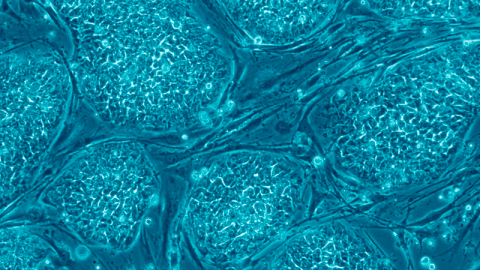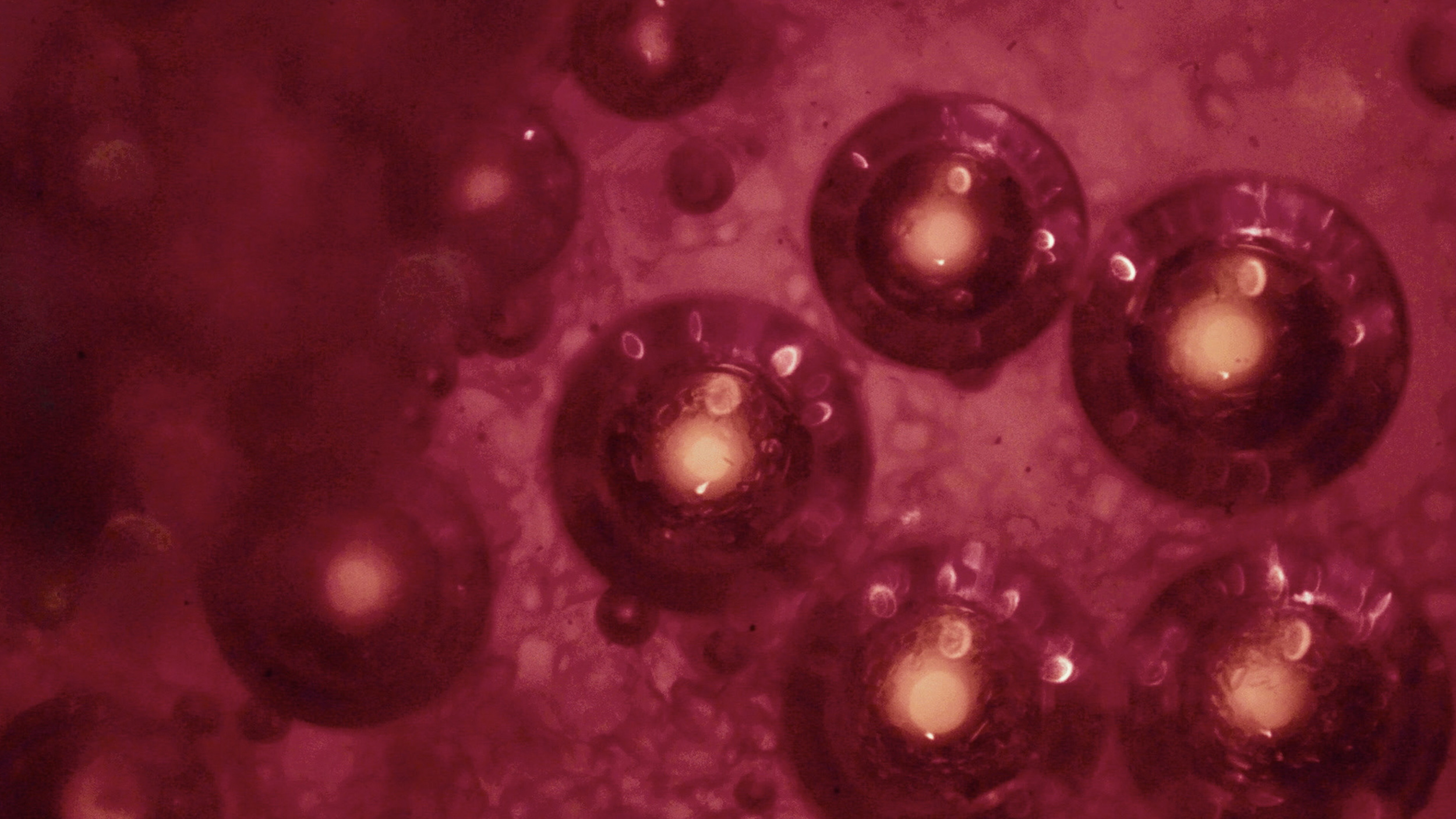To Slow Aging, Remove Old Cells

What’s the Latest Development?
Researchers at the Mayo Clinic in Rochester, Minnesota have unveiled a long-kept medical secret: What causes aging and the onset of age-related disease? After studying a group of mice, who because of a natural disease aged relatively fast, researchers concluded that our body’s oldest cells—called senescent cells because they no longer divide—may cause aging and age-related disease. This is because when researchers removed the senescent cells from the mice, their aging process slowed and disease rates greatly decreased.
What’s the Big Idea?
That our bodies’ oldest cells, which are more at risk for mutation, stop replicating in the first place is believed to be an important evolutionary guard against tumors and, by extension, cancer. Previous anti-aging strategies have suggested engineering cells that could continue to replicate indefinitely, with untold consequences. But the Mayo Clinic’s recent research proposes an alternative which is more in line with nature. Were it possible to remove senescent cells in humans, age-related disease might become a thing of the past.





